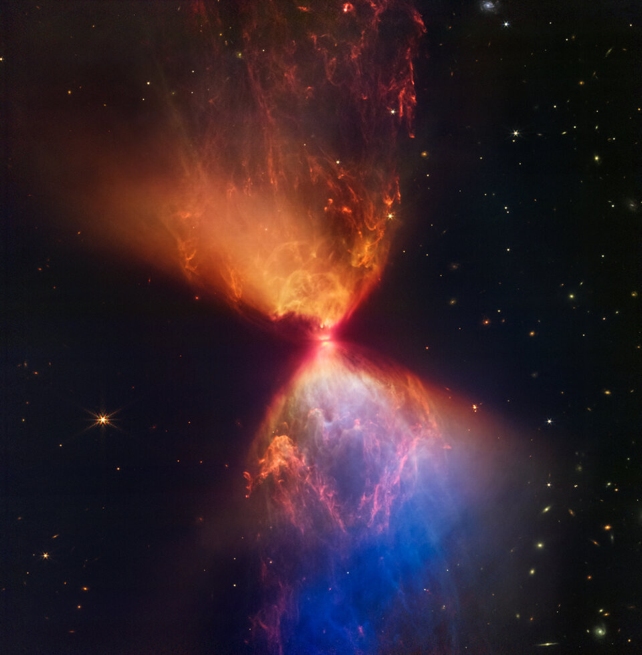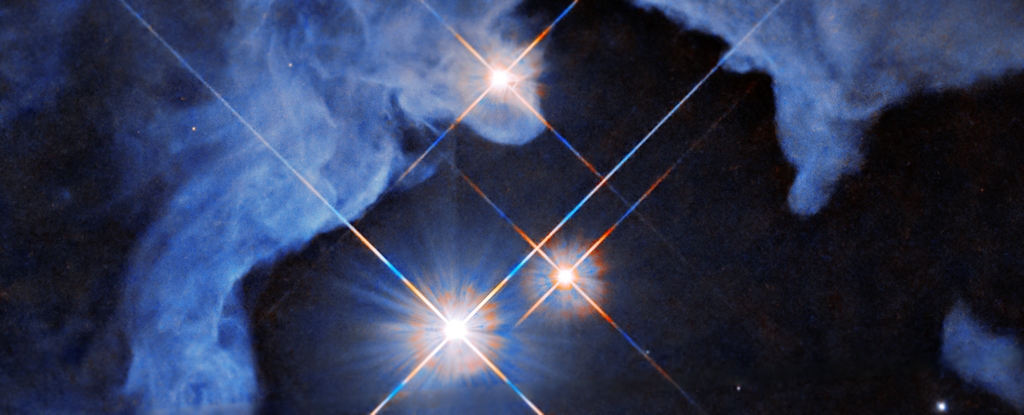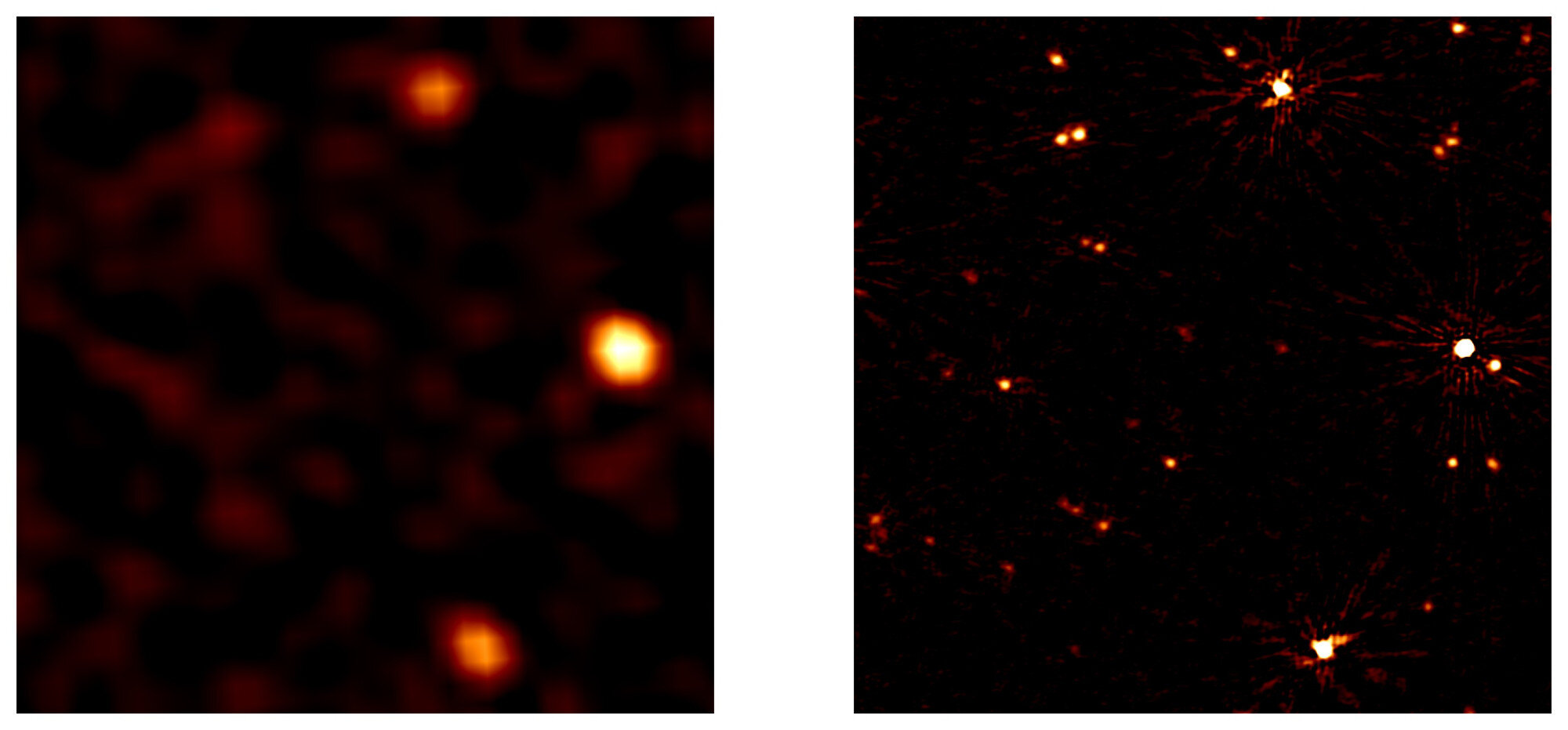
james Webb Space Telescope continues to revolutionise astronomy - it now shows the birth of a star. The star is named L1527, and at this young age, it's still ensconced in the molecular cloud that spawned it.

Another amazing image has been released that shows the triple-star system HP Tau, HP Tau G2, and HP Tau G3. HP Tau is so young that it hasn't started to fuse hydrogen yet and is only 10 million years old!

An international team of researchers has produced the first sharp radio maps of the universe at low frequencies. Thanks to a new calibration technique, they bypassed the disturbances of the Earth's ionosphere.

The observatory has achieved this milestone over 28 years in space, even though it was never designed to be a comet hunter.

MeerKAT telescope has already achieved some great results, from detecting giant radio galaxies to studying the centre of our own galaxy, the Milky Way.

The vast majority of exoplanets are uninhabitable. For the few that may be habitable, we can only determine if they are by examining their atmospheres. LIFE, the Large Interferometer for Exoplanets, can help.

It’s oh-so-easy to be absolutely mesmerized by these spiral galaxies. Follow their clearly defined arms, which are brimming with stars, to their centers, where there may be old star clusters and – sometimes – active supermassive black holes.

The picture, resembling a glowing blue marble rippling into a black ocean, was funneled through the telescope’s infrared filters to capture wavelengths future space travelers wouldn’t see with the naked eye.

The telescope had paused science observations Nov. 23 due to an issue with one of its gyros. The spacecraft is in good health and once again operating using all three of its gyros.

A recent deep field image from the Webb Space Telescope features two galaxies. These galaxies are remarkable for their distance from Earth, being the second and fourth most distant galaxies ever observed.

Instruments on NASA's Webb telescope are providing new clues about the time window when planets can form around a young star.

Researchers using the NASA/ESA/CSA James Webb Space Telescope's NIRCam (Near-Infrared Camera) have discovered a high-speed jet stream sitting over Jupiter's equator, above the main cloud decks.

A very rare, strange burst of extraordinarily bright light in the universe just got even stranger. The phenomenon, called a Luminous Fast Blue Optical Transient (LFBOT), flashed onto the scene where it wasn't expected to be found.

NASA's James Webb Space Telescope has followed up on observations by the Hubble Space Telescope of the farthest star ever detected in the very distant universe, within the first billion years after the big bang.

By using the Very Large Telescope and the Atacama Large Millimeter/submillimeter Array, astronomers have identified clumps in the thick material around a star named V960 Mon that could gravitationally collapse to form the seeds of planets like Jupiter.